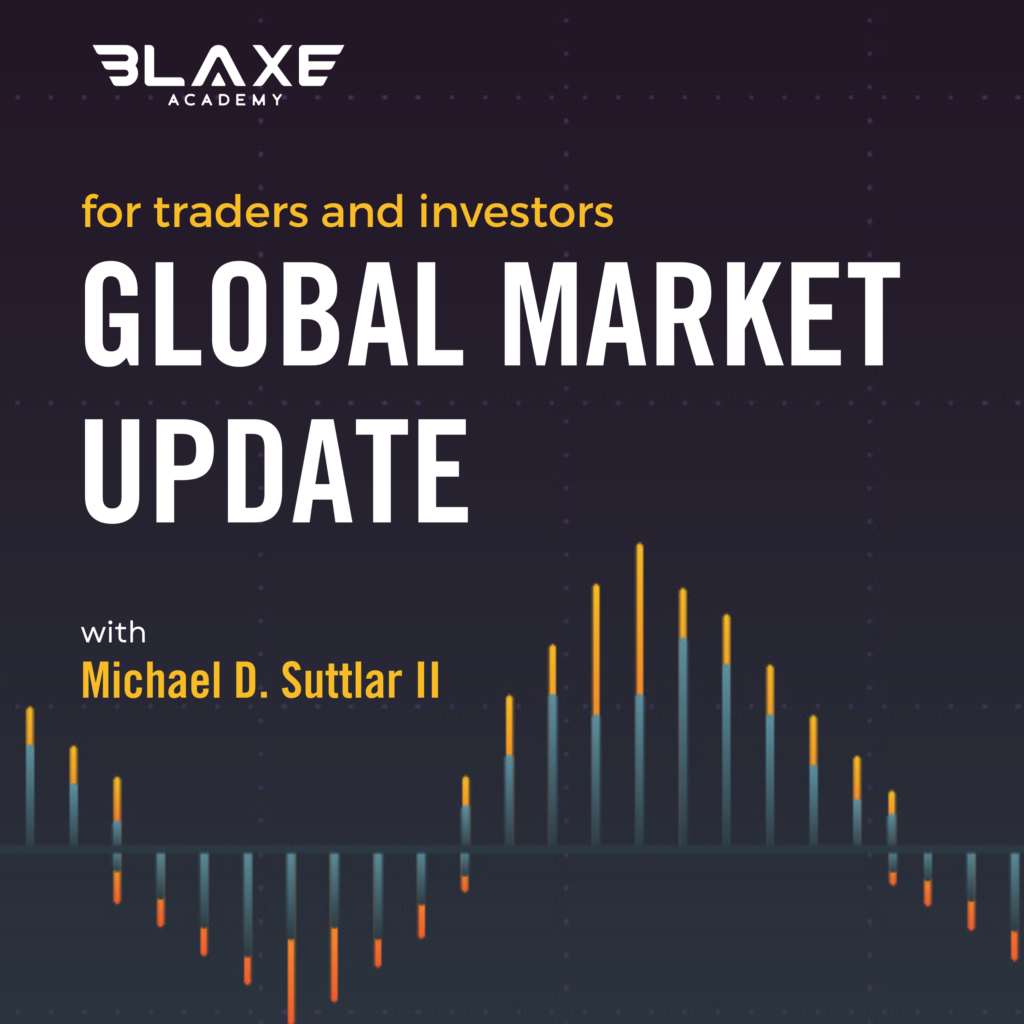Fundamental analysis is the study of global economies with emphasis on the overall state of the economy. Factors considered include interest rates, industrial production, earnings, employment, GDP, housing, manufacturing and management. When analyzing a market or financial instrument (e.g. stock, futures contract, or currency) using fundamental analysis there are two basic approaches one can use: bottom up analysis and top down analysis. The terms are used to distinguish such analysis from other types of investment analysis, such as quantitative and technical.
Fundamental analysis is performed on historical and present data, but with the goal of making financial forecasts for the future. There are several possible objectives, but generally we use fundamental analysis to formulate what we call a narrative.
The narrative forms the basic hypothesis to be tested and—very often—revised during the comprehensive analysis. It is a central statement from which all analysis works to support or refute. In other words, it’s the story about what’s going on.
The two analytical models: Top-down and bottom-up
The two analytical models: Top-down and bottom-up.
Investors using fundamental analysis can use either a top-down or bottom-up approach. Honestly, we incorporate both. Maybe it’s a trader thing.
The top-down investor generally starts analysis at the global level, including both international and national economic indicators; such as interest rates1, GDP growth rates, inflation, exchange rates, productivity, and energy prices. They subsequently narrow their search to regional/industry analysis of total sales, price levels, the effects of competing products, foreign competition, and entry or exit from the industry. Only then do they refine their search to the best business in the area being studied.
The bottom-up fundamentalist starts with specific areas and events within an economy that are likely to catalyze price action such as central bank rate decisions, geopolitical events, or shifts in trade that affect specific partners, and proceeds in reverse of the top-down approach. The eventual goal is to tie the specific events to the larger narrative.
The various fundamental factors can be grouped into two categories: quantitative and qualitative. The financial meaning of these terms isn't all that different from their regular definitions. In simple terms defines the terms:
- Quantitative: capable of being measured or expressed in numerical terms.
- Qualitative: related to or based on the quality or character of something, often as opposed to its size or quantity.
In our context, quantitative fundamentals are numeric, measurable characteristics about an economy. In this age of information, it is relatively easy to gather information about the macroeconomics of the world’s largest economies with astounding levels of details. Websites such as Trading Economics even offer “data within the data” information on the world’s economies.
Qualitative fundamentals at the macro level are the less tangible factors surrounding an economy—such as its economic standing at the global level. This is the more nuanced and subjective side of analysis but it is no less important in helping develop the narrative of a trade setup. For example, knowing that the US dollar is the most widely circulated currency in the world has bearing on whether or not there actually are supply/demand issue affecting the dollar. Likewise, knowing that New Zealand has the world’s highest milk surplus can tell you a lot about its economy as well, albeit in a more nuanced way than say GDP percentages.
We go deeper into fundamental analysis in our courses and share our method on how to perform analysis for your own trades and investments.


